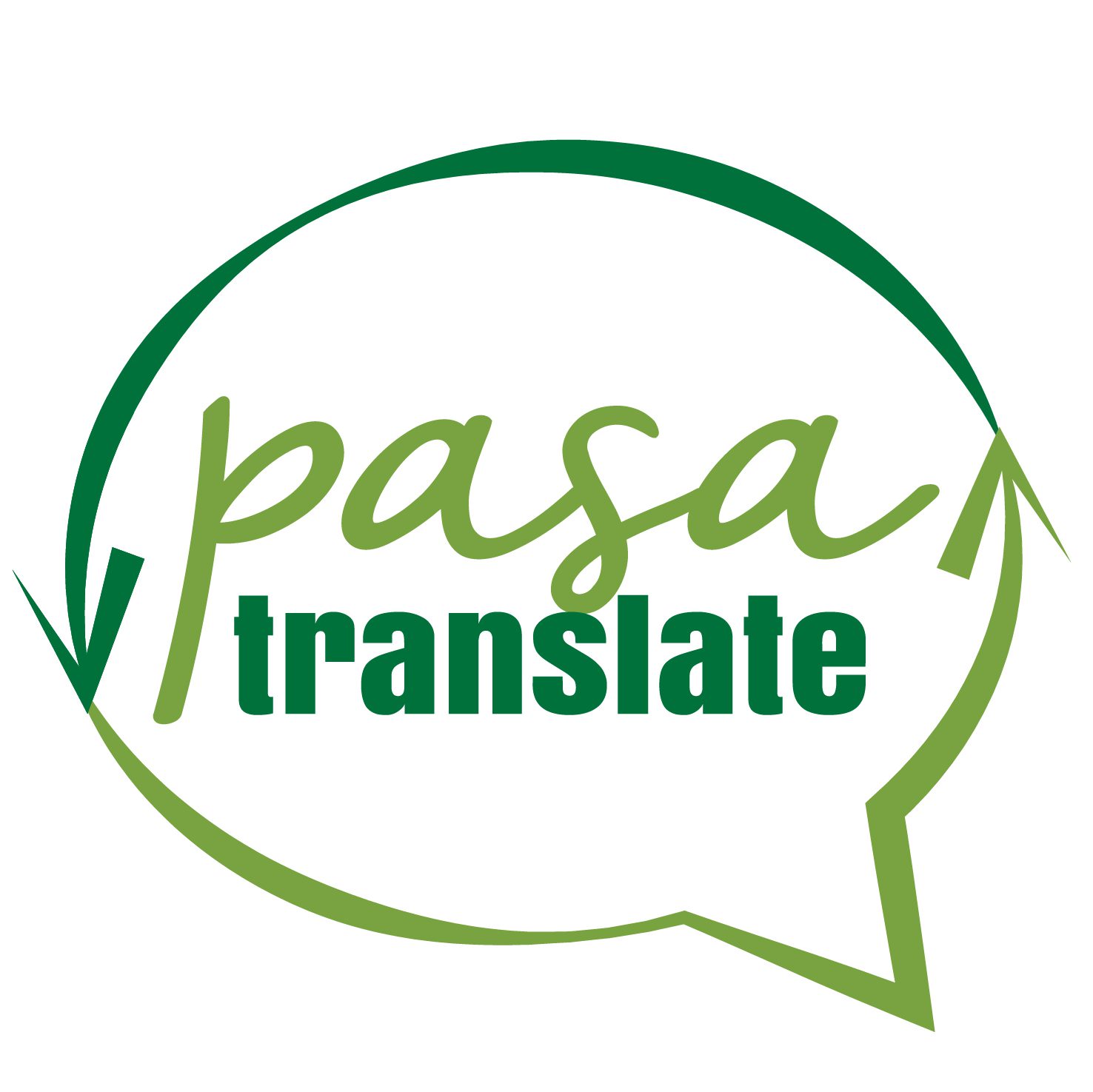Virtual data rooms are crucial for sensitive documents, M&A transactions and other corporate deals. Contrary to file sharing tools VDRs allow for secure and professional management of documents and collaboration when dealing with sensitive documents.
What is a VDR actually function? How can these tools allow users to effectively and quickly share a huge number of files with multiple parties in a well-organized way? These tools let you restrict access to specific folders and documents by using granular permissions. Administrators can also give different levels of user access by adjusting permissions based on a folder and document basis.
Another important feature is the built-in control tools for versioning that allow you to manage and provide a clear and clean overview of documents when conducting due diligence or cooperation. With the ability for administrators to assign folders to various groups of users, it is possible for users to only view the relevant documents and not be distracted by irrelevant information.
When companies seek investment from investors, they usually have to prove that they are able to manage and present large volumes of documents quickly and efficiently. A virtual data room can be a very effective tool for a business that wants to showcase its capabilities and gain confidence of potential investors. For example, a technology startup seeking funding could upload ultimate guide to choosing the right vdr for you confidential revenue projections and IP ownership documentation into the data room to allow investors to view and make more informed investment decisions.

